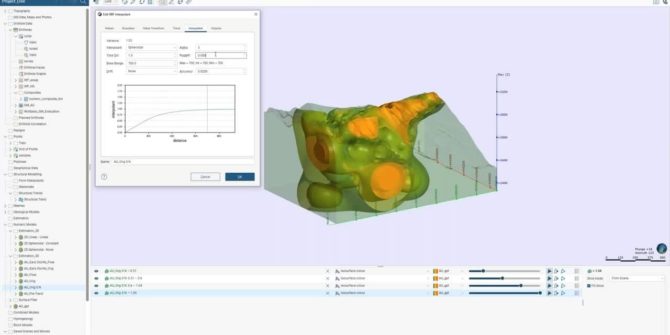
Numerical Modelling best practices in Leapfrog Geo
We will take a deeper look at how Leapfrog Geo constructs a numerical model in order to build upon and provide a better understanding of
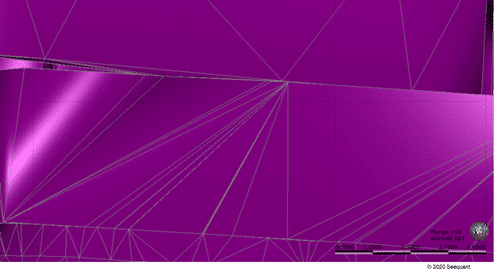
To snap or not to snap?
Snapping is not a default in Leapfrog, it is optional and when used incorrectly can lead to increases in processing time for minor increases in
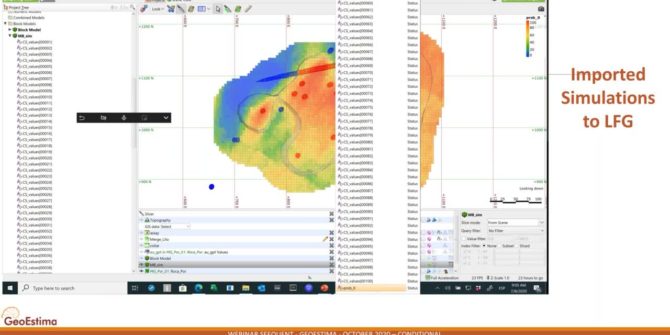
Processing Conditional Simulations in Leapfrog Edge with GeoEstima
Post-processing of the block model will quantify the uncertainty in the resources for the mineralised domains, enabling informed decision making. In this webinar, an overview
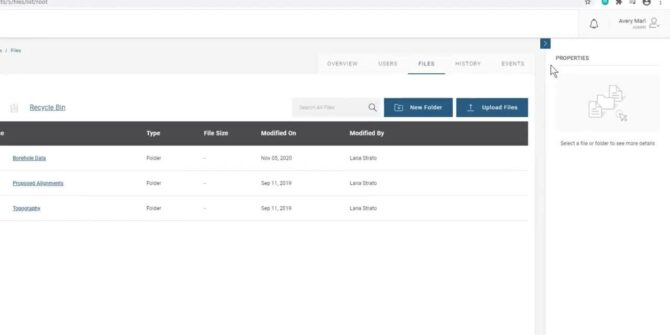
Central 4.0 Portal – 1 Introduction
This video shows a brief overview of the Portal.Duration5 minJTNDJTIxLS0lMjBUaGUlMjBzY3JpcHQlMjB0YWclMjBzaG91bGQlMjBsaXZlJTIwaW4lMjB0aGUlMjBoZWFkJTIwb2YlMjB5b3VyJTIwcGFnZSUyMGlmJTIwYXQlMjBhbGwlMjBwb3NzaWJsZSUyMC0tJTNFJTBBJTNDc2NyaXB0JTIwdHlwZSUzRCUyMnRleHQlMkZqYXZhc2NyaXB0JTIyJTIwYXN5bmMlMjBzcmMlM0QlMjJodHRwcyUzQSUyRiUyRnBsYXkudmlkeWFyZC5jb20lMkZlbWJlZCUyRnY0LmpzJTIyJTNFJTNDJTJGc2NyaXB0JTNFJTBBJTBBJTNDJTIxLS0lMjBQdXQlMjB0aGlzJTIwd2hlcmV2ZXIlMjB5b3UlMjB3b3VsZCUyMGxpa2UlMjB5b3VyJTIwcGxheWVyJTIwdG8lMjBhcHBlYXIlMjAtLSUzRSUwQSUzQ2ltZyUwQSUyMCUyMHN0eWxlJTNEJTIyd2lkdGglM0ElMjAxMDAlMjUlM0IlMjBtYXJnaW4lM0ElMjBhdXRvJTNCJTIwZGlzcGxheSUzQSUyMGJsb2NrJTNCJTIyJTBBJTIwJTIwY2xhc3MlM0QlMjJ2aWR5YXJkLXBsYXllci1lbWJlZCUyMiUwQSUyMCUyMHNyYyUzRCUyMmh0dHBzJTNBJTJGJTJGcGxheS52aWR5YXJkLmNvbSUyRlNnQXdLSkx3TTcyNTZwZXVmWEYzTXkuanBnJTIyJTBBJTIwJTIwZGF0YS11dWlkJTNEJTIyU2dBd0tKTHdNNzI1NnBldWZYRjNNeSUyMiUwQSUyMCUyMGRhdGEtdiUzRCUyMjQlMjIlMEElMjAlMjBkYXRhLXR5cGUlM0QlMjJpbmxpbmUlMjIlMEElMkYlM0UlMEElMEE= Video Transcript The video transcript gets copy and pasted here
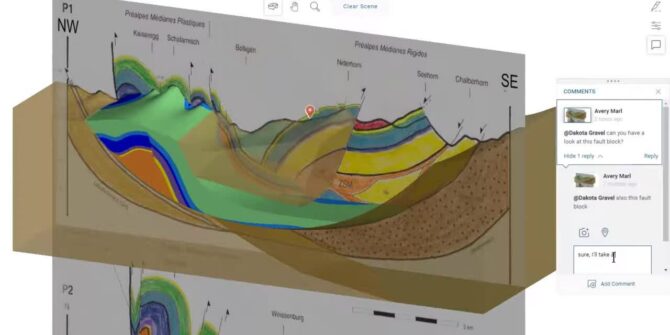
Central – Notifications
Duration2 minJTNDJTIxLS0lMjBUaGUlMjBzY3JpcHQlMjB0YWclMjBzaG91bGQlMjBsaXZlJTIwaW4lMjB0aGUlMjBoZWFkJTIwb2YlMjB5b3VyJTIwcGFnZSUyMGlmJTIwYXQlMjBhbGwlMjBwb3NzaWJsZSUyMC0tJTNFJTBBJTNDc2NyaXB0JTIwdHlwZSUzRCUyMnRleHQlMkZqYXZhc2NyaXB0JTIyJTIwYXN5bmMlMjBzcmMlM0QlMjJodHRwcyUzQSUyRiUyRnBsYXkudmlkeWFyZC5jb20lMkZlbWJlZCUyRnY0LmpzJTIyJTNFJTNDJTJGc2NyaXB0JTNFJTBBJTBBJTNDJTIxLS0lMjBQdXQlMjB0aGlzJTIwd2hlcmV2ZXIlMjB5b3UlMjB3b3VsZCUyMGxpa2UlMjB5b3VyJTIwcGxheWVyJTIwdG8lMjBhcHBlYXIlMjAtLSUzRSUwQSUzQ2ltZyUwQSUyMCUyMHN0eWxlJTNEJTIyd2lkdGglM0ElMjAxMDAlMjUlM0IlMjBtYXJnaW4lM0ElMjBhdXRvJTNCJTIwZGlzcGxheSUzQSUyMGJsb2NrJTNCJTIyJTBBJTIwJTIwY2xhc3MlM0QlMjJ2aWR5YXJkLXBsYXllci1lbWJlZCUyMiUwQSUyMCUyMHNyYyUzRCUyMmh0dHBzJTNBJTJGJTJGcGxheS52aWR5YXJkLmNvbSUyRnp1ZmRmd3AzUmg1WmFxS0FoM3BTQ0MuanBnJTIyJTBBJTIwJTIwZGF0YS11dWlkJTNEJTIyenVmZGZ3cDNSaDVaYXFLQWgzcFNDQyUyMiUwQSUyMCUyMGRhdGEtdiUzRCUyMjQlMjIlMEElMjAlMjBkYXRhLXR5cGUlM0QlMjJpbmxpbmUlMjIlMEElMkYlM0UlMEE= Video Transcript The video transcript gets copy and pasted here
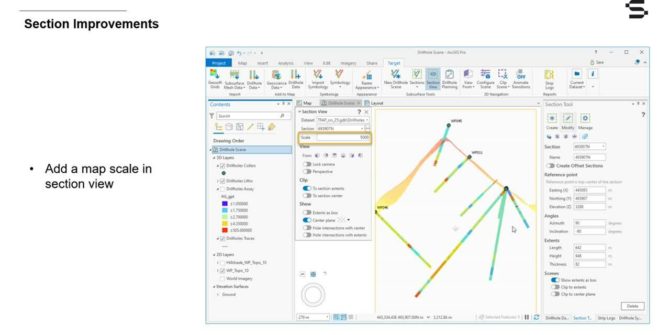
Target for ArcGIS Pro 2.2 – Enhancements for better visualization and interpretation of drillhole data
This webinar is the best place to learn how the new functionalities can improve efficiency in your workflows, give you more flexibility and help you
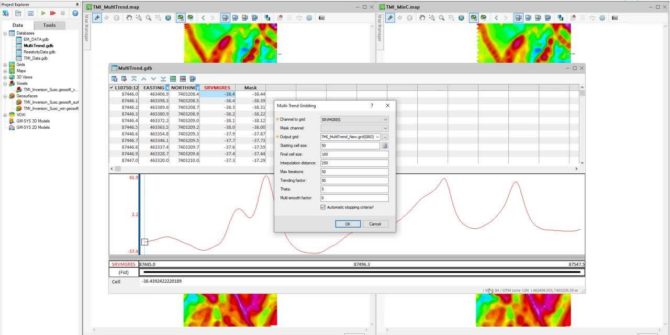
Geosoft 9.9 – Discover the latest enhancements to Oasis montaj, Target and VOXI
This webinar is the best place to learn how the new functionality can improve efficiency in your workflows, give you more flexibility and help you
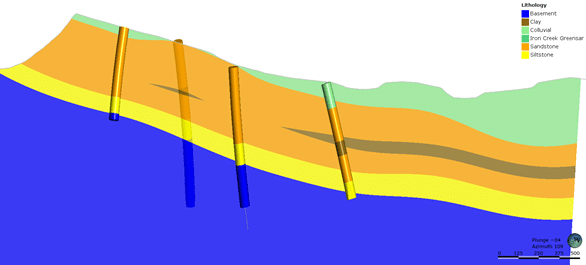
New Feature Alert: Improve your vein modelling using a custom reference mesh
The vein’s reference surface aims to represent the trend or form of the vein. A reference surface that accurately reflects the underlying form of the




